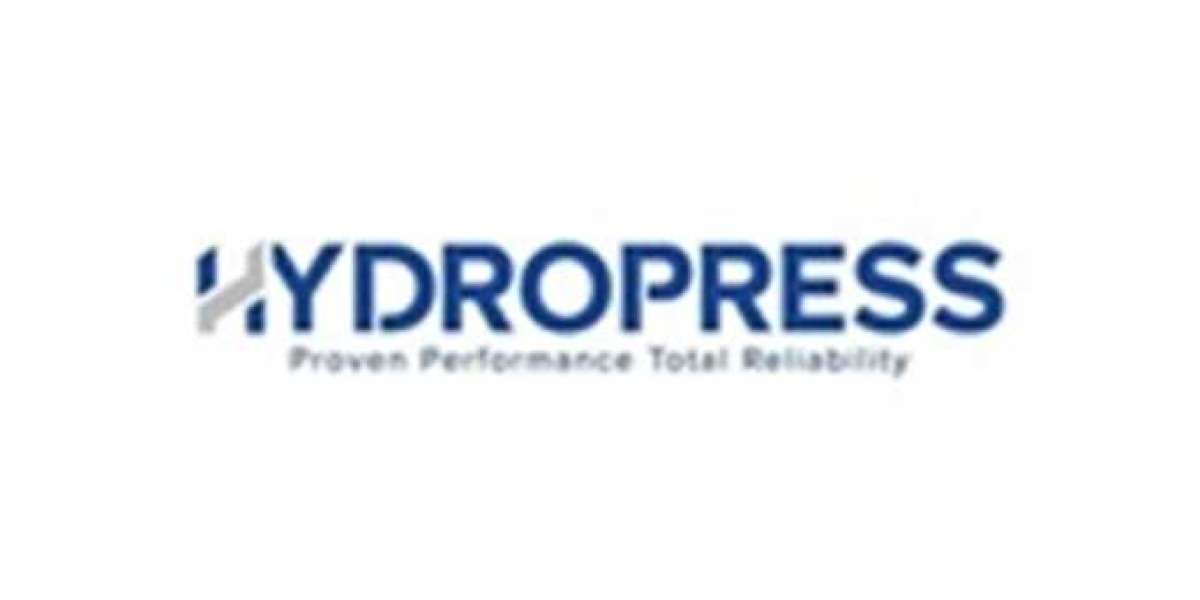At its core, a laser rust cleaner uses highly focused light energy to remove rust layers from metal surfaces. This device emits laser beams at a specific wavelength and power density, targeting the oxidized iron layer (rust) without affecting the base metal beneath. The precision of this method comes from the interaction between the laser’s energy and the chemical and physical properties of the rust versus the metal.
The Science Behind Laser Rust Cleaning
Laser rust cleaning operates through a process known as photothermal and photomechanical interaction. The laser beam delivers concentrated energy to the rust layer, causing rapid heating of the rust particles. Because rust has a different absorption coefficient than the metal substrate, it heats up and expands quickly, causing the rust to crack, flake off, or vaporize.
Unlike abrasive methods that physically scrape away rust, or chemical treatments that dissolve it, the laser’s energy selectively interacts with the rust’s surface layer, leaving the underlying metal intact. This precision cleaning means that delicate or thin metal parts can be treated without warping, scratching, or causing mechanical stress.
How Does It Avoid Damaging Metal?
The key to the laser rust cleaner’s gentle touch lies in its adjustable parameters — such as pulse duration, wavelength, and energy density — which are tailored to match the rust type and metal substrate. Short pulse lasers, for example, deliver energy in extremely brief bursts, which heat only the rust particles without allowing enough time for heat to conduct into the metal beneath.
Moreover, metals like steel, aluminum, or copper reflect and absorb laser energy differently than rust. By tuning the laser’s wavelength and power, operators ensure that the laser energy is absorbed primarily by the rust layer, effectively “lifting” it off the surface.
Applications of Laser Rust Cleaners
Laser rust cleaners have found diverse applications across industries, where maintaining metal integrity is crucial:
Automotive Restoration: Removing rust from vintage car bodies, frames, and engine parts without damaging delicate paint or metalwork.
Aerospace Industry: Cleaning aircraft components where precision and material integrity are paramount.
Shipbuilding and Marine Maintenance: Treating hulls and metal structures exposed to harsh saltwater environments.
Manufacturing Plants: Routine cleaning of machinery parts to prevent rust-related failures.
Art and Antique Conservation: Restoring metal sculptures, tools, or artifacts without altering their original surface.
This method is becoming increasingly popular because it eliminates the need for harsh chemicals, abrasive media, or labor-intensive manual cleaning.
Environmental and Safety Benefits
Though not focusing on advantages as requested, it is worth noting that the laser rust cleaner operates without chemicals or secondary waste, making it an environmentally friendly choice. Also, since the laser beam targets only rust, operators experience fewer airborne particles, reducing health hazards commonly associated with sandblasting or grinding.
The Laser Rust Cleaner Process
The typical laser rust cleaning process starts with an initial assessment of the metal surface and the rust type. Different rust compounds (such as red rust, black rust, or layered corrosion) might require different laser settings.
The operator then adjusts the laser parameters — power, frequency, pulse duration — to optimize cleaning efficiency. The laser is directed at the surface, often using a handheld or robotic arm system, and the rust layer begins to break down, revealing the clean metal underneath.
Visual monitoring or sensors often accompany the process to ensure precise cleaning and prevent overexposure. Once the rust is removed, the metal surface is usually ready for further treatment, such as painting, coating, or welding.
What Makes Laser Rust Cleaning Unique?
One of the most intriguing aspects of laser rust cleaning is its non-contact nature. Unlike wire brushes, grinders, or sanders, the laser beam never physically touches the metal surface. This results in no mechanical wear on the substrate, preserving intricate shapes and fine details.
Furthermore, the process is highly controllable, repeatable, and automated. This means that industrial applications can be scaled up, improving consistency and reducing downtime.
Cost and Investment Considerations
While the initial investment in a laser rust cleaner can be higher than traditional equipment, the operational efficiencies, reduced labor, and minimal consumables often justify the expense over time. The long lifespan of laser units and the reduced need for replacement parts also contribute to lower total ownership costs.
Laser rust cleaners also reduce the risks associated with chemical handling, regulatory compliance, and waste disposal, factors that can add hidden costs in traditional rust removal methods.
Common Misconceptions About Laser Rust Cleaners
People new to this technology sometimes assume laser rust cleaning is just a flashy gimmick or too delicate for industrial use. However, modern laser systems have evolved to handle even heavy corrosion layers on tough metals, all while maintaining a high degree of safety and precision.
Another misconception is that the laser can remove paint and rust simultaneously. While certain laser settings can indeed strip paint, the focus in rust cleaning is on controlling the laser energy to remove only the rust without damaging protective coatings unless removal is desired.
Maintenance and Operational Tips
Operators using laser rust cleaners should be trained to understand metal types, rust stages, and appropriate laser settings. Regular maintenance of the laser equipment ensures optimal beam quality and power output.
Cleaning optics, aligning the laser path, and protecting the system from dust and vibration prolong operational life. Safety protocols, including the use of protective eyewear and controlled environments, are essential to prevent accidental exposure to laser beams.
Why Choose Laser Rust Cleaning?
This method offers a futuristic solution to an age-old problem. It combines scientific precision with practical ease, delivering spotless metal surfaces ready for the next stage in their lifecycle. The laser rust cleaner’s ability to target rust without damaging metals opens up new possibilities in restoration, manufacturing, and conservation.
Final Thoughts
Laser rust cleaning represents a transformative approach to dealing with rust, one that leverages advanced laser technology to deliver precision, efficiency, and safety. Whether in large-scale industrial environments or delicate restoration projects, the laser rust cleaner offers a solution that outperforms traditional methods by preserving the metal surface, minimizing environmental impact, and enhancing workflow. As the technology continues to evolve and become more accessible, it promises to redefine how rust removal is approached across many sectors — proving that sometimes, the best way to erase the past’s corrosion is with the power of light.








